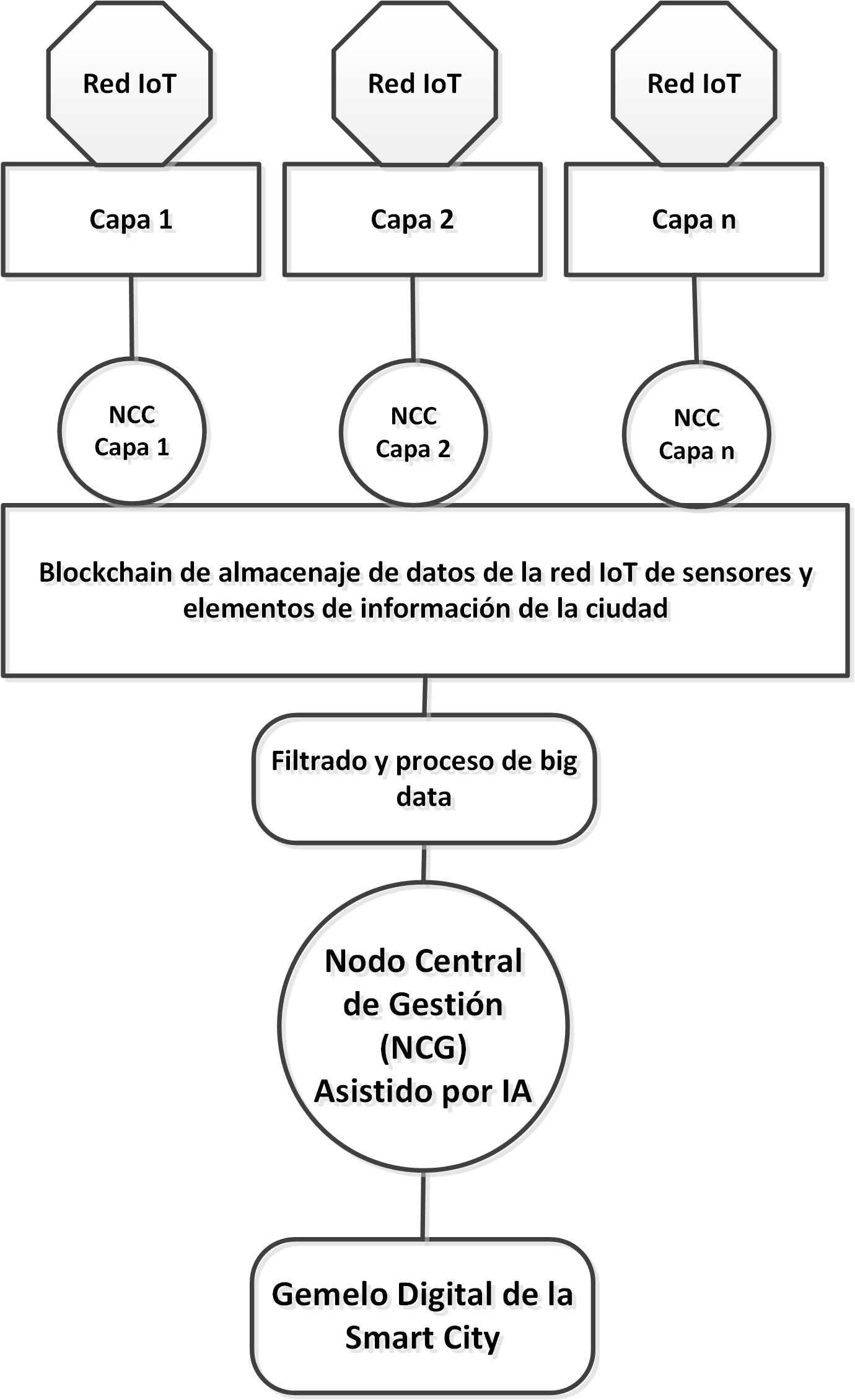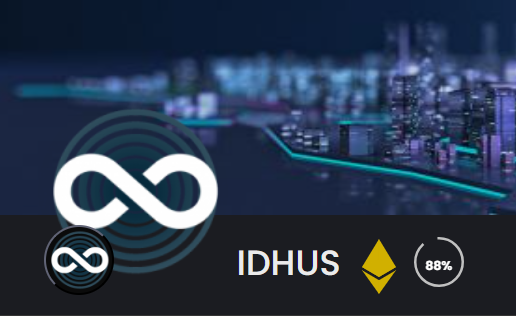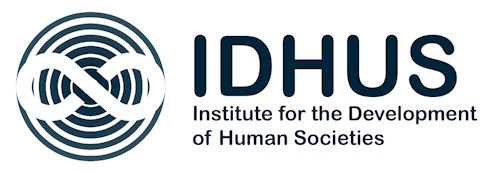The IDHUS Institute is developing the Cohesive Smart City Model (SCCM), a framework for transforming our urban environments into Smart Cities using the most disruptive technologies and integration and development mechanisms. The aim is to enable our cities to provide a high quality of life, be environmentally friendly, and optimize the resources necessary for all who inhabit and use them.
 Disruptive Technologies and Intelligent Management Systems for Urban Transformation
Disruptive Technologies and Intelligent Management Systems for Urban Transformation
The SCCM is a model for planning and developing the set of systems, technologies, and applications that facilitate the transformation of a city into a Smart City. It is organized and structured in different layers or levels that are interconnected, all of which are coordinated by a central data processing and management node. From this central hub, all parameters and data collected by the various infrastructures that form part of the city’s services and operational elements can be monitored.
Each control and management layer within the SCCM is coordinated by its own communications and data processing node (for example, the ecosystem layer, which manages all the “green” areas of a city such as parks, trees, and landscaped zones). All data collected through IoT networks, communications, and monitoring systems for these elements are processed and supervised within their own Layer Central Node (LCN). Then, all these layer-level processing nodes are, in turn, regulated and coordinated by a central node managed by artificial intelligence (Global Central Node – GCN), which assists technical staff and city managers in making sense of the millions of data packets, information, and content generated daily by a city.
 A Blockchain-Based Platform for Managing the Cities of the Future
A Blockchain-Based Platform for Managing the Cities of the Future
The SCCM includes a blockchain-based platform to monitor, collect data, and manage the services and infrastructure of a Smart City. The data from the IoT networks within each SCCM layer are directly written onto the blockchain, enabling secure verifications and transactions over the Internet, data storage, and the execution of smart contracts. This revolutionizes Smart City management by providing solutions to coordinate, integrate, and control different city services with transparency, efficiency, and privacy.
A Digital Twin to Monitor the Smart City
With all the data collected by the city’s sensor systems available to technical and management services, securely stored on a blockchain network and with multiple ways to analyze the behavior of urban systems and infrastructure, it becomes essential to harness the potential of having millions of data packets about different aspects of the Smart City—without losing sight of the big picture. To achieve this, the SCCM includes the creation of a complete digital twin of the urban environment, enabling real-time visualization of the development and status of the areas being monitored.
 $IDH Token – Managing Smart City Services and Applications
$IDH Token – Managing Smart City Services and Applications
IDH is the native token of the SCCM , powering Smart City applications and services. It is an ERC-20 token created on the Ethereum blockchain to facilitate connectivity, interoperability, and management of all blockchain-based systems, applications, and technologies used in the development and deployment of Smart City services. The mission of the IDH token is to ensure the proper functioning of these systems and to allow different components of a Smart City to operate and be monitored through their central management and control mechanisms
